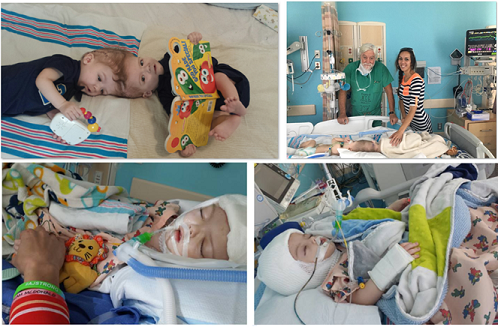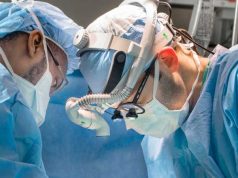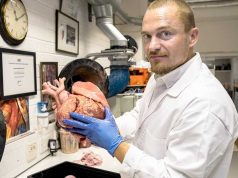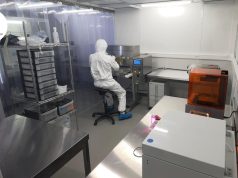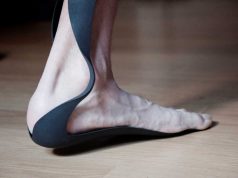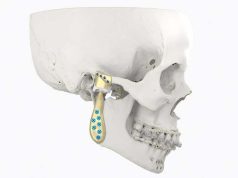Only one of one million births are conjoined twins and only two percent of all conjoined twins are connected at the head, even less have two separated brains. When looking at these numbers you will realize that there only rare cases all over the world. Because of that there is no standard method for separating conjoined twins but thanks to 3D printing technology the medics are now able to plan each case very detailed.
For the team of the Montefiore children hospital it was one of the most complex surgeries at all. Dr Goodrich was the leader of the team. He has already separated 20 conjoined twins since 2004 – so he is one of the doctors with the most experience in these field. In this case the patients were Anis and Jadon McDonald, both were born 2015 and have spent several months after their birth on an intensive care station. After that they were sent home with their mother, father and older brother and on the 14th of October 2016 they had their final surgery where they were separated from each other.
The surgery was really complex and different specialists have worked together and of cause everything was well planned with and 3D printed model. The 3D printed model was created with modern 3D scanning technologies and an 3D printer.
This intricate procedure was greatly enhanced by cutting edge 3D technology that enabled the surgeons to see inside the boys’ brains. But what really makes this case so special to me is the way our entire community is embracing the McDonald family. This is Montefiore at its best: sophisticated science, medicine and patient care are at the heart and soul of what we do.
More and more often we read about medical applications of 3D printing, very often it is used to prepare operations and plan everything very detailed. But it’s also quite common to use 3D printed implants and researchers are working very hard on 3D printed organs. Since a few months an research project in England is working on a complete 3D printed body that should help to teach young doctors and surgeons.
Subscribe to our Newsletter
3DPResso is a weekly newsletter that links to the most exciting global stories from the 3D printing and additive manufacturing industry.



